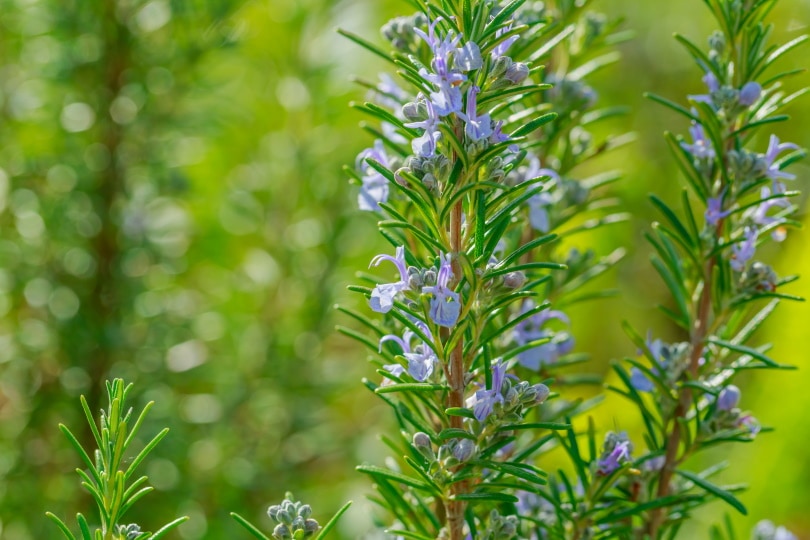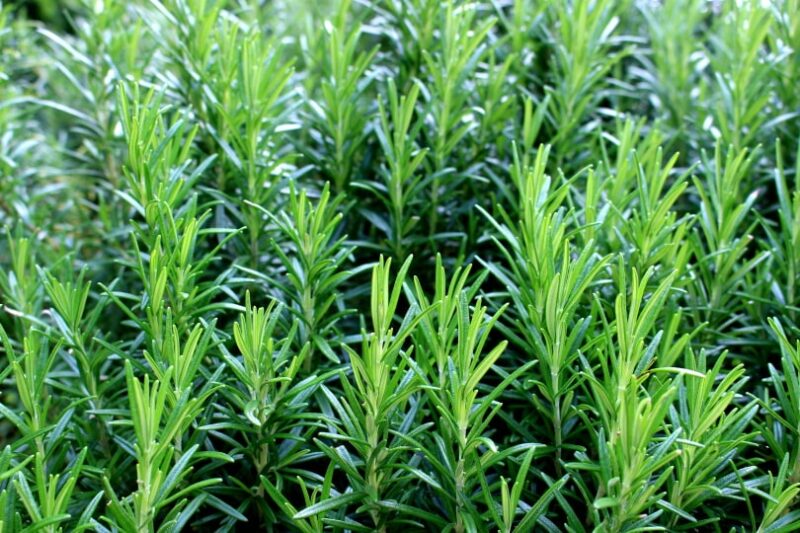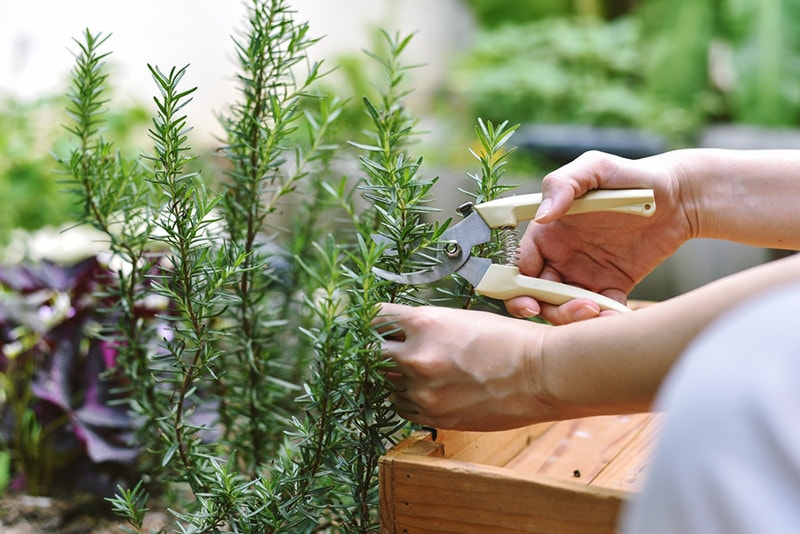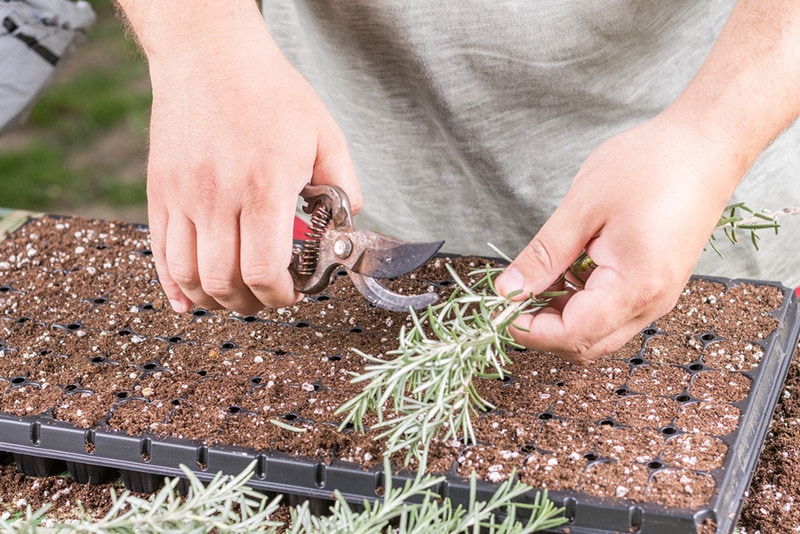How to Propagate Rosemary From a Cutting (7 Expert Tips)
-
Jana Blagojevic
- Last updated:

Rosemary is a beautiful herb used worldwide for its strong, distinctive aroma and fragrance. Its unique taste makes it among the best herbs for meals and drinks. Rosemary is incredibly easy to grow and cultivate but has a timeless, elegant appearance. For this reason, many people are looking to plant this lovely herb in their garden and have it easily accessible every day. Keep reading to learn how to propagate a rosemary plant from cuttings.
The 7 Tips on How to Propagate Rosemary From a Cutting
1. Carefully Select the Shoots From the Mother Plant
Your propagation of rosemary will begin with an already established and mature plant. If your rosemary bush is already large and thick enough, and you want to make several smaller plants out of it, you need to start by selecting the shoots you will propagate.
It would be best if you chose the healthiest stems, which seem fresh and young. You can recognize these by their bright green color, which will let you know to avoid all the branches with brown leaves.

2. With Sharp Scissors, Cut Stems 5 to 6 Inches Long
Once you choose a few ideal shoots from the mature plant, it is time to cut them off. This step needs to be done carefully to avoid any future complications. Make sure to find a pair of sharp scissors, to make a precise cut and avoid ripping the stems off. Snip the rosemary stems 5 to 6 inches back from the tip. The scissors also need to be clean and sterile to avoid spreading diseases or infections from plant to plant.
3. Remove the Leaves of the Bottom 2 Inches of the Stem
Removing the leaves on the bottom of the shoots will create an ideal base for future roots. Luckily, the rosemary leaves are easy to remove with a gentle pinch and pull. Pinch the stem 2 inches from the bottom, and slide the leaves off of the stem.
The cut should be made at a 45° angle to ensure the best exposure to the stem’s center. Some gardeners practice stripping the outer skin of the stem’s base with a knife, although that is not necessary.

4. Dip the Cuttings in Growth Hormone
Before planting your new rosemary plants, it is recommended to dip them in a growth hormone. While dipping the stem in the powder will help develop a faster and healthier root system, it is entirely optional, especially for the rosemary plant.
5. Plant the Cuttings in Potting Soil
It is finally time to plant your small and lovely rosemary. Whether you use growth hormone or not, you can produce your rosemary directly in the pot or establish the root structure first. If you decide not to use growth hormone, place your plant in a glass of water while the 2 inches of the base are fully submerged.
Replace the water regularly, and after two weeks, you’ll notice the first roots appearing. Leave the plant to develop at least a dozen shoots before moving it. After your rosemary roots mature enough— a few inches long—remove them from the water and plant them into the soil.

6. Wait 6 to 8 Weeks Before Transplanting Them Into Individual Pots
Store your pot in a warm area with high humidity levels. To raise the humidity levels, you can place a plastic bag over the plant or, even better, plant it in a greenhouse. Before the plant is established, you will need to water it once a day. To become established, the plant will need between 6 to 8 weeks. You can transplant them into individual pots after that.
7. Provide Your New Rosemary Plant With Ideal Conditions
Rosemary thrives in plenty of sunlight and evenly moist or damp soil. Properly caring for your rosemary plant will quickly ensure you have several healthy shoots to propagate. Eventually, your rosemary will outgrow its original pot, and you can plant it in your herb garden.
- Related Read: How Much and How Often to Water Rosemary?

Conclusion
Rosemary is an excellent plant with many beneficial features that take little effort to cultivate and grow. Whether you are an experienced gardener or a beginner, chances are you have this fragrant plant in your herb garden. With our tips, you can easily propagate rosemary shoots and produce several plants.
Featured Image Credit: nnattalli, Shutterstock
Contents
